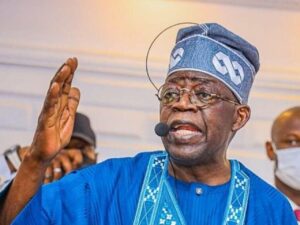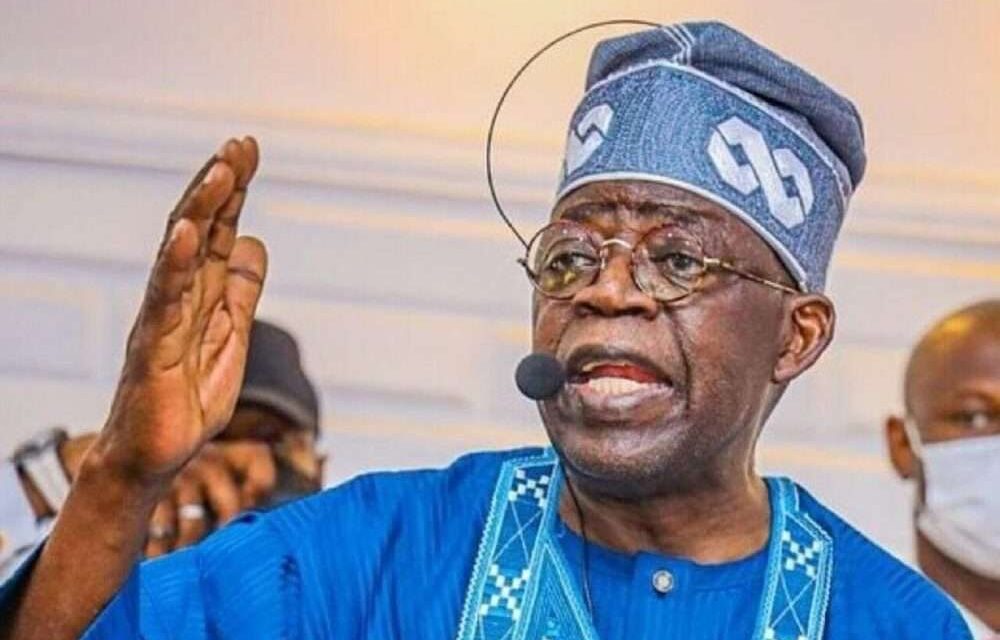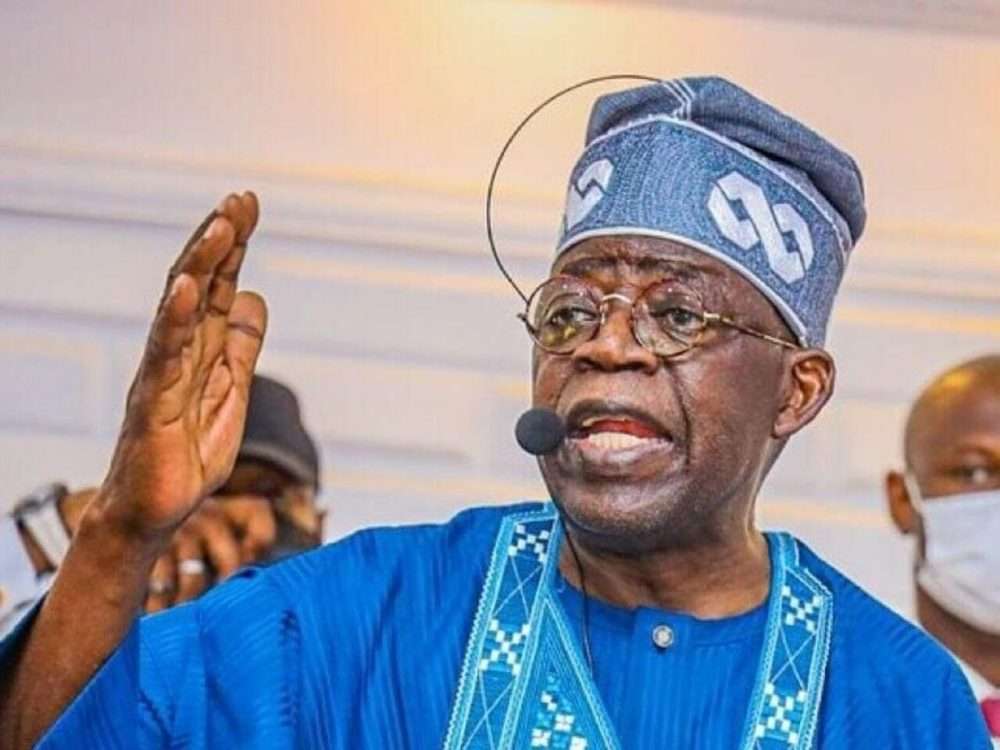by Velia Iacovino
Services and new mineral exploration drive growth as oil loses dominance. Inflation eases, the naira rebounds, and the Central Bank shifts policy with its first rate cut in years.
 Nigeria’s economy is back on track. In the second quarter of 2025, GDP grew by 4.23%, a sharp improvement compared with the 3.48% recorded in the same period last year and the 3.13% posted in the first three months of 2025. Analysts see this as the clearest sign yet that Africa’s most populous nation, with over 200 million inhabitants, is finally closing the long phase of stagnation that followed the pandemic and moving toward a path of sustained growth.
Nigeria’s economy is back on track. In the second quarter of 2025, GDP grew by 4.23%, a sharp improvement compared with the 3.48% recorded in the same period last year and the 3.13% posted in the first three months of 2025. Analysts see this as the clearest sign yet that Africa’s most populous nation, with over 200 million inhabitants, is finally closing the long phase of stagnation that followed the pandemic and moving toward a path of sustained growth.
Services in the lead, oil recovering
The picture emerging from the National Bureau of Statistics (NBS) report confirms the trends already observed at the start of the year, but with significant acceleration. Services remain the driving force of growth, accounting for more than 56% of GDP, up from 53% in the previous quarter. Leading the sector were agriculture, telecommunications, real estate, finance, and trade. Oil, for decades the backbone of Nigeria’s economy, despite showing a production rebound (+6.01% between April and June, averaging 1.68 million barrels per day, the highest level since 2021), ranks only sixth among the sectors contributing to growth. Ahead of it are trade, crop production, real estate, telecommunications, and livestock. Also noteworthy is the performance of the “other minerals” segment: the extractive industry, recorded a record increase of 50.41%, driven by new activities in lithium, rare earth minerals, and coal exploration.
Tinubu’s reforms and the inflation challenge
For President Bola Ahmed Tinubu, the figures provide evidence that the reforms introduced since he took office in 2023 are beginning to bear fruit. The abolition of fuel subsidies and the liberalization of the exchange rate have restored breathing space to state finances, but at the cost of inflation soaring to its highest level in three decades. The Central Bank of Nigeria (CBN), led by Olayemi Cardoso, responded with a series of interest rate hikes that cooled price growth, which has now eased for five consecutive months. At the same time, the naira regained ground against the dollar and major currencies, signaling renewed investor confidence. On September 23, the CBN therefore loosened its grip: the benchmark rate was cut from 27.5% to 27%, marking the end of the tightening cycle. At the same time, the cash reserve ratio for commercial banks was lowered to 45% from 50%, while 14 institutions have already completed the recapitalization process initiated by the regulator.
Shadows over manufacturing
Not all figures, however, are equally positive. Manufacturing grew by only 4.41%, well below the 7.65% recorded in the second quarter of 2024 and down more than 30% compared with the first three months of 2025. The combination of high interest rates and expensive financing has dampened investment and weighed on agriculture as well. If the reduction in borrowing costs is sustained in the coming months, it could ease pressure on businesses and reignite production activity.
Resilience and outlook
According to Cardoso, the numbers “demonstrate the sustained resilience of the Nigerian economy.” An economy that is seeking to free itself from its historic dependence on oil and move toward a more diversified model, where services and new strategic minerals are playing an increasingly central role.
In a continent that continues to oscillate between macroeconomic fragilities and great potential, Nigeria today seems to glimpse the light at the end of the tunnel, as President Tinubu himself put it: a recovery that, if consolidated, could restore the African giant to its place among the world’s most dynamic emerging economies
(Associated Medias) – Tutti i diritti sono riservati
L’articolo Nigeria’s Economy Accelerates, Gdp Grows 4.23% in Q2 2025 proviene da Associated Medias.






